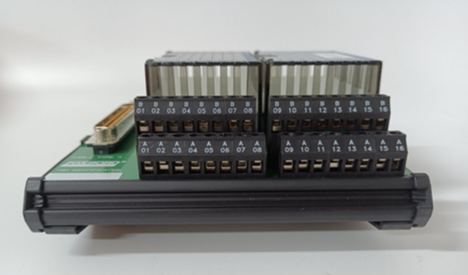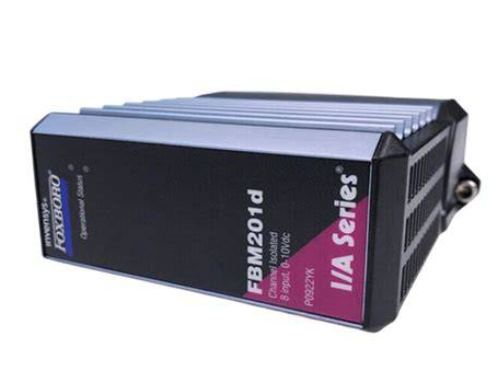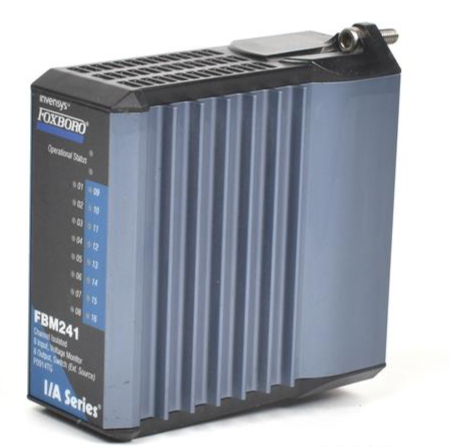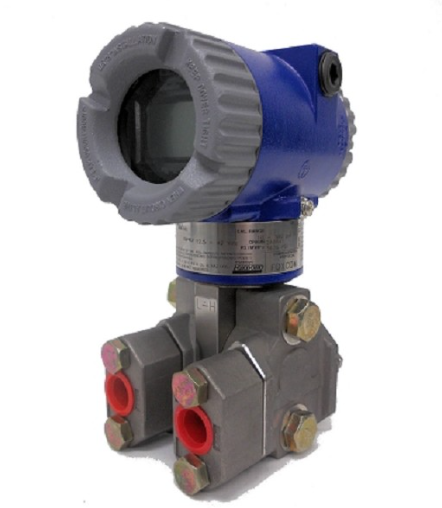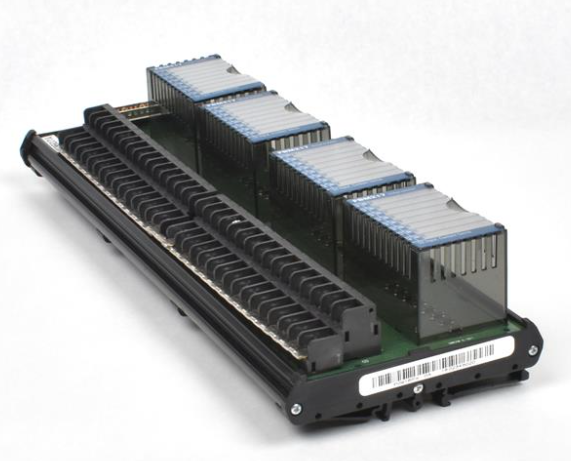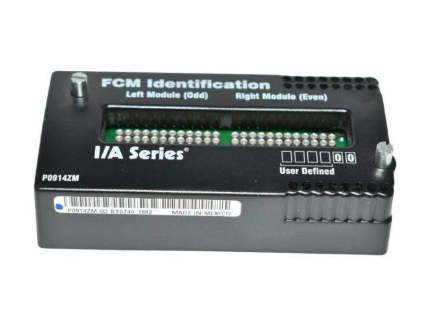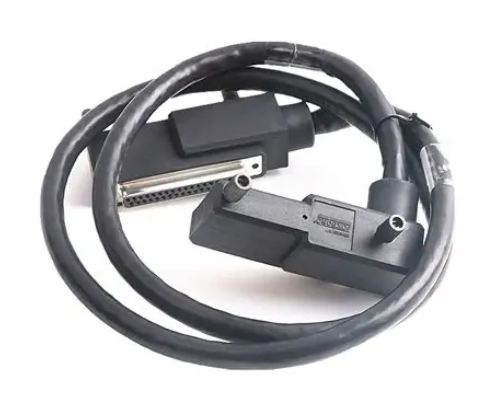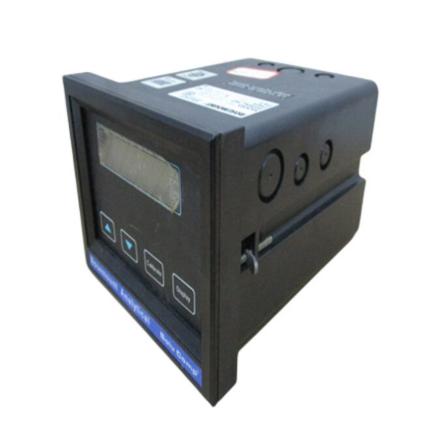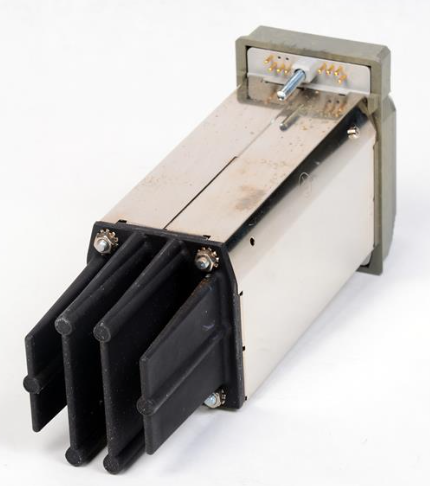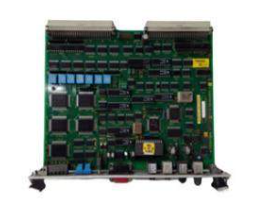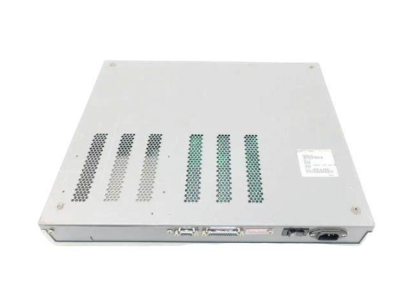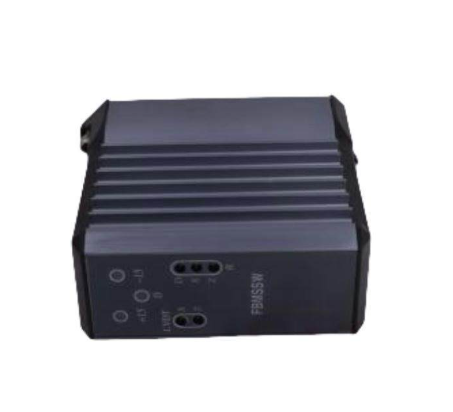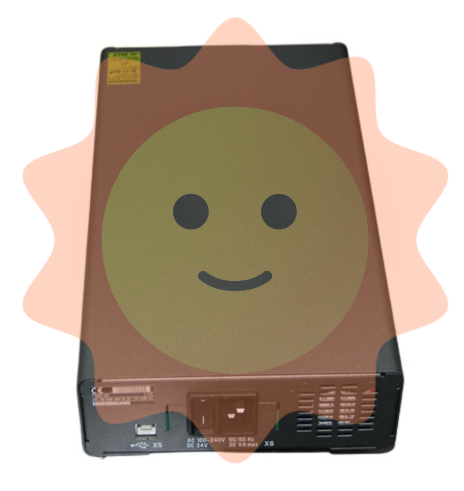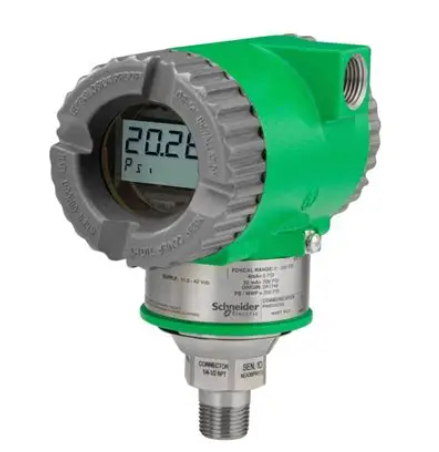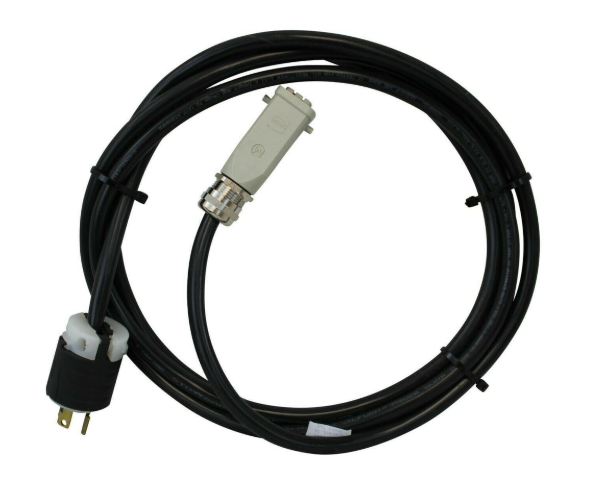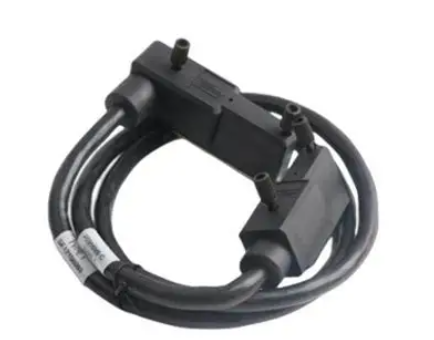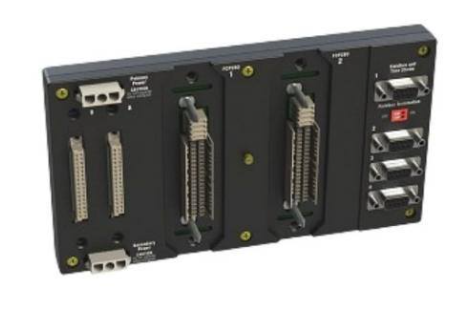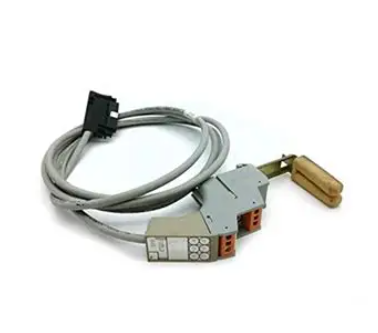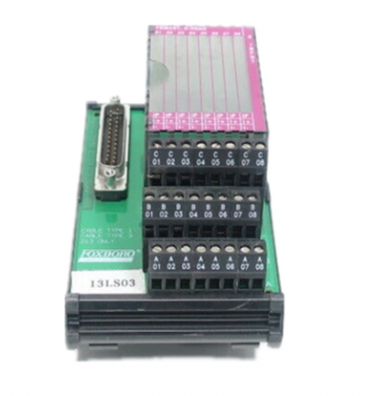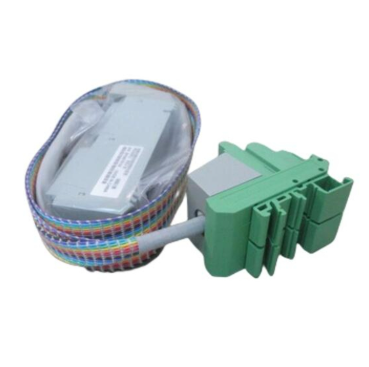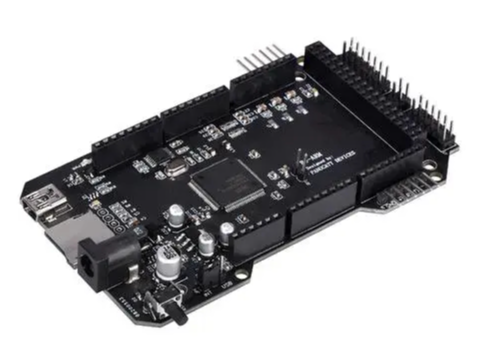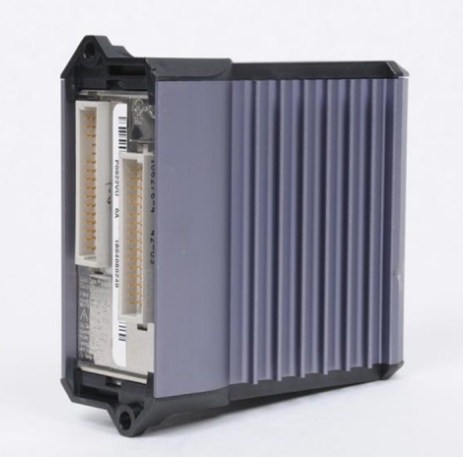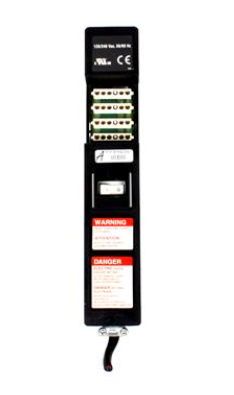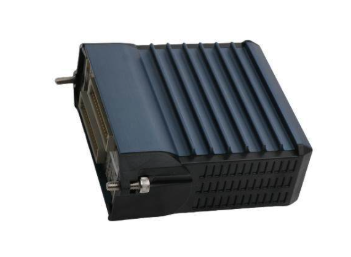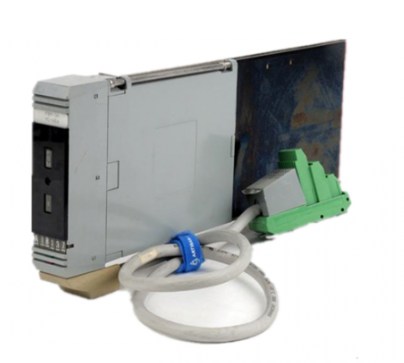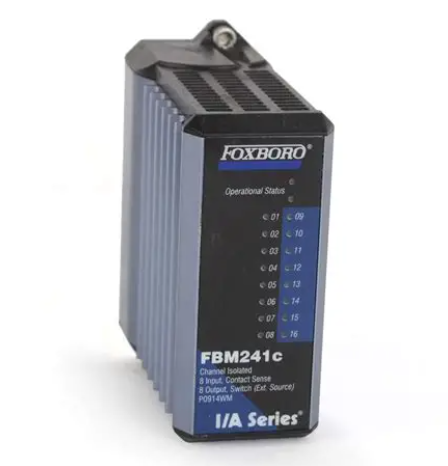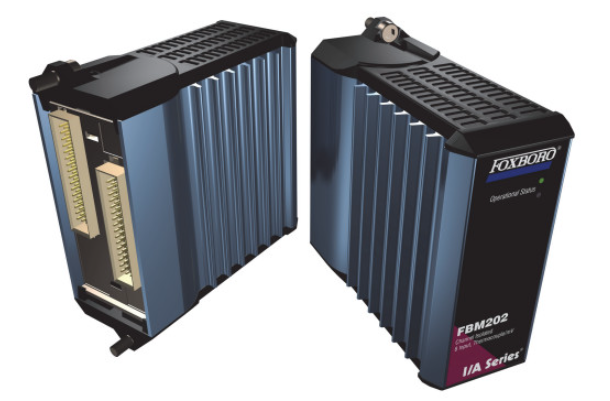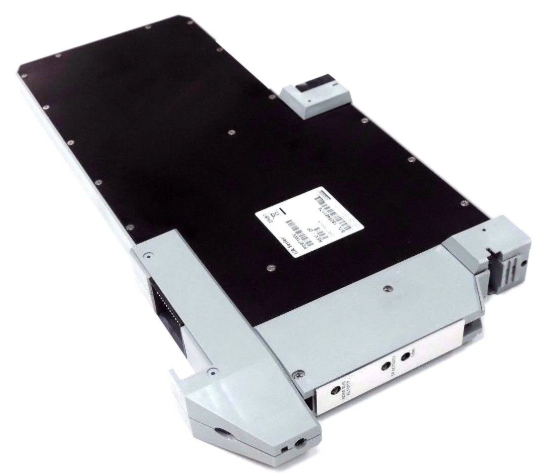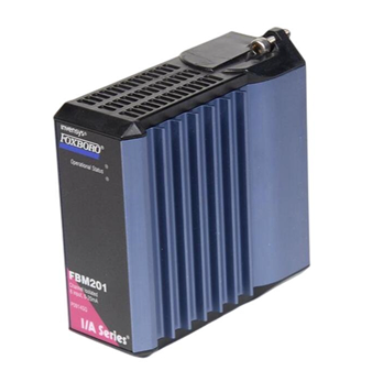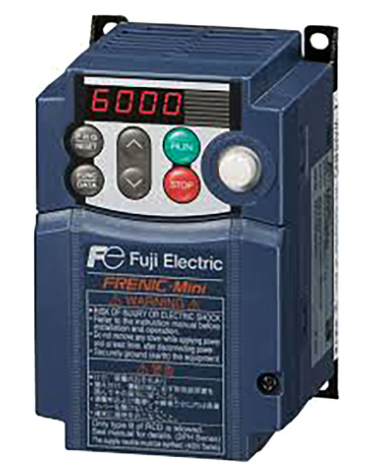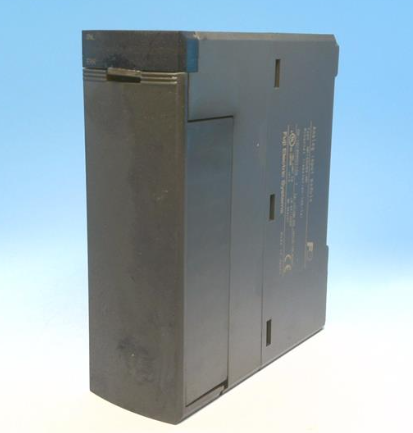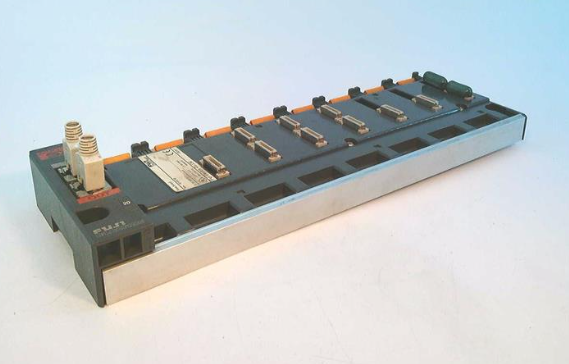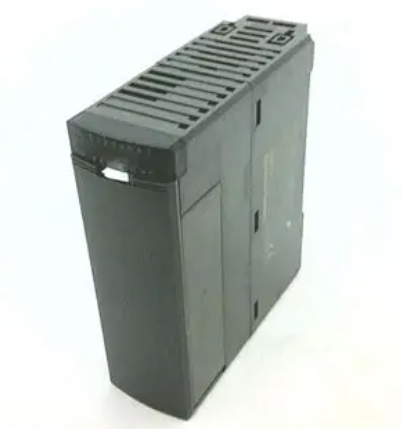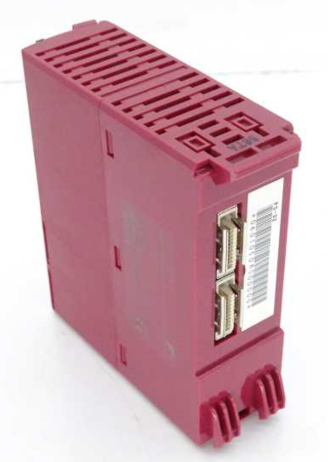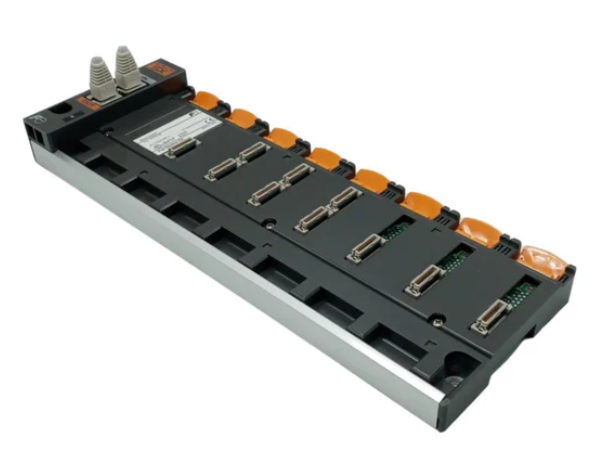Family pension status and policy suggestions
First, the current situation and problems of pension in China
1. The aging society has a huge demand for old-age care
According to a statistics by the Ministry of Civil Affairs, as of the end of 2015, China's population over 60 years old has reached 222 million, accounting for 16.1% of the total population, of which 65 years old and above 140 million, accounting for 10.5%, of which disabled elderly more than 40 million.
2. The phenomenon of "high vacancy rate and low occupancy rate" in elderly care institutions is prominent
According to the Ministry of Civil Affairs "Research Report on the Development of China's Elderly Care Institutions", by the end of 2014, there were 33,043 elderly care institutions in China, with 5.514 million elderly care beds, 26 beds per 1,000 elderly people, but the phenomenon of "high vacancy rate and low occupancy rate" in elderly care institutions is prominent, and the vacancy rate of elderly care institutions in China is as high as 48%. The proportion of pension institutions with a profit surplus was 19.4%, 32.5% suffered losses, and 48.1% was basically flat.
3. The capacity of community elderly care services is seriously insufficient
According to the Statistical Bulletin on the Development of Social Services of the Ministry of Civil Affairs in 2014, by the end of 2014, there were 18,927 community service institutions and facilities for the elderly, with 5.778 million community nursing beds, or 27.2 nursing beds for every 1,000 elderly people, including 1.875 million community residential and day care beds. However, in the face of the service needs of 40 million disabled elderly people who need professional care, the number of service institutions, the number of beds, the nursing staff and the professionalism of the service are obviously insufficient.

4. Family support for disabled elderly people is in general difficulties
Under the influence of traditional culture, the elderly in our country tend to rely on their families for old age. According to the "Questionnaire Survey on Harmonious Family Construction in China" conducted by the All-China Women's Federation in 2010, the preferred way for the elderly to provide for the elderly is to rely on relatives for the elderly, followed by community and institutional care. However, due to China's family planning policy to effectively control the rapid population growth, low birth rate, low death rate has formed China's typical "421", "422" families, on the one hand, the elderly tend to family pension, on the other hand due to family economic pressure and children less employment pressure, such as serious shortage of family pension resources, and the contradiction can not be solved in a short time.
5. The existing pension policy has little effect, and there is a lack of supporting policies for family pension
As we all know, the economic burden of long-term care for disabled elderly is extremely heavy, and the national policy concerning the elderly has certain subsidies for the economically difficult elderly and disabled elderly, but there is no family support policy. For example, the Notice of the National Office for Aging on Establishing and Improving a subsidy system for the Elderly with economic difficulties and Disabilities clearly defines the scope of subsidies for the elderly with economic difficulties and disabilities identified by civil affairs departments and medical and health institutions at or above the county level, in the form of cash or vouchers. According to the level of local economic development, price changes and financial status, the amount of subsidies shall be independently determined to give disabled elderly pension subsidies. Obviously, this kind of economic giving is negative, seemingly easing the economic burden of living and medical treatment for some disabled elderly people, but because of the setting of policy thresholds, the benefit is small, and the family pension is not taken into account, which will inevitably lead to low efficiency or no obvious effect of the policy.
Second, thinking and analysis
(1) Problem analysis
1. Institutional elderly care
There are three main reasons for the "high vacancy rate and low occupancy rate" of elderly care institutions:
First of all, taking 2016 as an example, the average monthly fee level of Wuxi pension institutions is 3,134 yuan, while the basic pension level of enterprise retirees is 2,230 yuan per month. Due to the high cost of construction and operation of nursing institutions, it is unrealistic to blindly reduce the occupancy charges of nursing institutions. The pension of the disabled elderly is insufficient to cover the cost of staying in the institution, and if the family cannot help pay for it, the elderly cannot stay in the institution.
Second, the huge gap of nursing care human resources is a global problem, and our country is no exception. Due to inadequate nursing staff, many elderly people do not choose institutional nursing for quality and safety reasons.
Third, nursing care institutions are not the home of the elderly after all, and the family warmth and comfort "habits" that the elderly want are difficult to meet.
Therefore, the phenomenon of "high vacancy rate, low occupancy rate" in elderly care institutions has certain inevitability.

2. The effective supply of community elderly care is seriously insufficient
Due to the insufficient supply of government funds, the shortage of nursing facilities, the lack of professionals and other reasons, the community elderly care resources are insufficient. In addition, community domestic staff often do not have the ability of professional day care, medical care and psychological counseling, and it is difficult to provide services for disabled elderly people who are sick in bed, cognitive decline, and can not take care of themselves, resulting in a serious shortage of community elderly care service capacity and effective supply.
3. Various reasons lead to difficulties in family support
First, social changes have caused many obstacles to the traditional family pension
According to the latest demographic data, the existing households in China are mainly two-person households and three-person households, and the average size is 2.97 people/household. It can be seen that the so-called "421" family is only a theoretical concept, and in reality it is actually composed of 2-3 small families living separately, and these small families usually do not live close to each other, or even far apart.
Due to social and economic development, the average life expectancy has increased greatly, while the fertility rate has continued to decline, and the population structure has presented an inverted pyramid, with the proportion of children and young people shrinking and the proportion of the elderly increasing.
The increase in the elderly population and the trend of small households seem unrelated, but it is precisely this reason that directly led to the hungry old man in Nanjing "balcony cry for help". Obviously, the "big family" of the elderly in the report is that the parents and children live separately, and the children do not have enough time and can not take care of the elderly immediately. At the same time, the demand for elderly care is large and the nursing staff is insufficient, and the cost of transportation time and the obstacle of immediate care are increased, the realistic feasibility of family elderly care is facing a great test.
Second, social changes make traditional family support lose the necessary social supervision
With the acceleration of national construction, demolition and transformation, the flow of working population becomes very frequent, and the traditional "acquaintance society" is gradually disintegrating. In the long run, a modern social neighborhood psychology of "self-cleaning" is formed, making it difficult for the internal contradictions of individual families to be known to the outside world. In terms of filial piety, old-age care and support of children, the pressure of traditional public opinion and the binding force of clan patriarchal law are almost zero. That is, the children's responsibility of caring for the disabled elderly has almost no necessary social supervision.
Third, the decline of filial piety and the prevalence of personal hedonism in traditional families make it more difficult to provide for the elderly
In traditional societies, filial piety requires children to show their filial piety to their parents from the bottom of their hearts and take good care of their elders no matter what the cost. Children who do not fulfill the responsibility of caring for their parents will be punished by the clan patriarchal system and criticized by the public opinion. However, with the rapid evolution of urbanization and modernization, the traditional filial piety culture has gradually been eroded by individualism, consumerism and hedonism culture, coupled with the only child has been coddled for a long time, the lack of respect for the old and love the young, care for the family concept, "filial piety" dilution, indifference, unwilling to take care of the disabled elderly is not uncommon, the traditional filial piety standard has almost withdrawn from the social stage.

Fourth, family caregivers are overwhelmed by both economic and spiritual pressures.
The economic pressure of family caregivers comes from two aspects: direct economic costs and indirect economic losses. Direct economic expenses mainly refer to the basic living expenses and labor remuneration of the caregivers. Indirect economic loss is that the caregiver cannot engage in paid work because of caring for the disabled elderly, or has to ask for leave frequently, absenteeism and so on, resulting in loss of salary income or loss of promotion opportunities. In addition, long-term high-intensity care has a significant impact on the physical health of caregivers, and long-term daily contact with disabled elderly people will inevitably produce negative emotions such as loneliness, loss, hopelessness, depression, and bring mental pressure. When the huge mental pressure can not be relieved, any small conflict in the care process will become the fuse of the caregiver's emotional loss of control, and the above "crazy fan the old mother in the hospital" is probably this bad event.
Fifth, the lack of care skills and equipment makes the efficiency of family elderly care half the result.
To take care of disabled elderly people, it is necessary to master the necessary nursing knowledge and skills, and the technical difficulties in nursing often make children feel powerless to take care of disabled elderly people. In addition, the average family usually does not have the professional facilities and equipment to care for the disabled elderly, especially for families with poor economic conditions, it is a challenge.
4. Family pension social policy
Taking the Notice of the Ministry of Civil Affairs' National Office for the Elderly on Establishing and Improving the Subsidy System for the Elderly with economic difficulties and Disability as an example, China's current social welfare policy focuses on helping economically difficult families and marginalized vulnerable groups without family support, such as the urban and rural minimum living security system, the rural five guarantees system, and the homeless and begging assistance policy. Regarding elderly care, the current policy lacks the following two considerations:
First, only financial assistance is provided to disabled elderly people, but there is a lack of understanding of the actual needs of disabled elderly people and their family functions, and there is no elderly care service assistance for this group (disabled care needs not only money, but also nursing services and their family development ability). The cumbersome system declaration procedure design ignores the fact that social changes have brought about the fragility of families, and limited economic subsidies are difficult to reduce the economic burden of disabled elderly people.
Second, for disabled elderly people with families, the government will only give necessary emergency intervention when their families have major crises or difficulties. However, due to the need to pay time and energy to take care of the disabled elderly, low-income non-subsistence families have to temporarily stop their bread-supporting work, resulting in the interruption of economic resources and difficulties. However, in this case, because they have a family, they cannot enjoy social security policies, and their family living standard will even be lower than that of the marginal groups covered by the policies, and the family will become an obstacle to enjoying policy support.
(2) Analysis of the necessity of supporting and developing family elderly care
In 2011, 90% of the elderly over the age of 60 in Germany lived in their own homes for the aged, 6.7% lived at home to receive family care or mobile care services, and 3.3% lived in nursing institutions for the aged [1]. In order to cope with the increasingly severe aging situation, Shanghai explored, proposed and improved the "9073" elderly care service pattern during the "11th Five-Year Plan" period, that is, 90% of the elderly are self-cared by their families, 7% receive community home care services, and 3% live in institutional care [2]. Thus, it is necessary to vigorously support and develop family care for the elderly.

In the social governance model, consider "equal and free flexible placement space", reasonable distribution and protection of the rights and freedoms of the elderly, which is the inevitable requirement of building a socialist harmonious society. Under such requirements, family pension has three irreplaceable advantages
First, the tradition of filial piety and the irreplaceability of family support
The traditional way of supporting the elderly with filial piety culture has been directly undertaken by the family for more than two thousand years, and has long been deeply rooted in the thinking of Chinese people. In the aging population, "social pension" is limited to the level of economic development at present, "family pension" has advantages. The academic community has been calling for the socialization of family pension, "In fact, whether it is co-living 'family pension', separated 'family pension', or 'family pension' socialization, the economic source of pension mainly depends on individuals and families, even in the socialization of 'family pension', it seems that the function of pension has shifted from the family to the society, in fact, the family purchases pension resources. The way that society gradually assumes the function of old-age care is still 'family old-age care' in the final analysis."
Whether from the basic national conditions of "getting old before getting rich", or from the family relationship of the elderly, it is not feasible and realistic to entrust the elderly to the society. Family pension security is based on the family as the main body, according to the family to the elderly support, care and other functions, to provide physical and mental security for the elderly. Social old-age security is based on the state or government as the main body, according to the law, through the redistribution of national income, to provide material assistance to the elderly who have temporarily or permanently lost the ability to work. Social pension security "avoids the interruption, reduction or loss of income of the elderly members of society due to old working ability or loss of job opportunities that affect their basic life" [4]. The elderly care system is based on family pension security and supplemented by social pension security. In the elderly care system, family and relative groups are the backbone of the care system. When the elderly need help due to physical decline, they voluntarily or compulsorily provide care for the elderly. The care they provide belongs to the family's old-age security function and can be called alternative social security function.
Second, the "reciprocal feeding" intergenerational mutual assistance relationship is irreplaceable
The family care model is the oldest, most basic, most important, most vibrant and most advantageous way of supporting the elderly in human society. The traditional family aged care relationship is a very close intergenerational mutual assistance relationship. Family aged care maintains the "feeding" and "anti-breeding" supporting relationship between generations, promotes the harmony among family members, and thus promotes the stability and harmony of society. "With the deepening of the aging of the population, on the surface, this intergenerational mutual assistance relationship has gradually weakened, and it is mainly reflected in the" 421 "families in the city" [5], young couples have to find a balance between career, children and the elderly, and inevitably neglect the care of the elderly. The investigation shows that the way of social care for the elderly can not provide real family comfort for the elderly in their later life, and the forced socialization of intergenerational relations within the family can not replace the care and guardianship function of family members. Family members can bring more affinity and belonging to the elderly, and the close relationship between family members and the elderly can help them speculate and implement the real will of the elderly. The diversified forms of family old-age care and the socialization trend of family old-age care can not weaken the daily care function of the family. The familiarity and understanding of the family members make the family members irreplaceable in meeting the needs of the elderly and in protecting their rights and interests.

Third, the quality of life evaluation of the elderly shows that the quality of family care is higher
There are more and more nursing institutions for the elderly. However, through the analysis of the survey data on the quality of life of the elderly in family nursing and institutional nursing, scholars come to the conclusion that the average total score of the quality of life of the elderly in family nursing is 70.65, and that of the elderly in institutional nursing is 59.35. Although the quality of life of the elderly is affected by gender, education level, income level, physical condition and other factors, through multi-factor analysis, after excluding other influencing factors, the pension mode and family structure are still the primary factors affecting the quality of life of the elderly. Although the institutional pension model enables the elderly to get rid of housework, in order to ensure the safety of the elderly, it may restrict the actions of the elderly, and the elderly's social participation is very poor, and the ability to make independent decisions is declining. At the same time, the elderly in the nursing institutions rarely get the considerate care of their relatives, the spirit is lonely, depressed, and the social mental condition of the elderly living with their children is significantly better than that of the elderly living with their children.
To sum up, it is suggested that the government should take the family as the target of the elderly care policy and formulate a support policy for the disabled elderly family care, so as to avoid the difficulties of the disabled elderly family, ensure that the disabled elderly receive appropriate family care, improve their quality of life, and avoid the difficulties of their families due to the care of the disabled elderly.
Third, family pension policy suggestions
Based on the obligation of the state to provide public services, the rights of individual elderly people need to be taken care of and guaranteed by the state, that is, the state needs to undertake corresponding obligations and responsibilities for the elderly [6]. Therefore, it is suggested that from the perspective of highlighting the "filial piety culture" of the family, based on the family pension tradition of our country, to provide family pension policy support.
In the context of China's large elderly population base and heavy burden of old-age care, family old-age care policy is difficult to achieve full coverage of the elderly. It is suggested to provide comprehensive and active policy support for disabled elderly families first, develop and strengthen family old-age care functions by enhancing the economic, emotional and anti-risk functions of disabled elderly families, and improve the ability of families to take care of disabled elderly people. At the same time, taking into account the progress of the family itself, supporting the family to take care of the disabled elderly, and improving the degree of social harmony and civilization.
It is suggested to provide policy support for family pension from several aspects, such as improving the pension subsidy system, family employment, skills training, purchasing services, household registration system, pension insurance and public welfare charity.
First, adjust the current pension subsidy policy, expand the scope of beneficiaries, and provide care subsidies
At present, the financial budget of the government pension is mostly focused on institutional pension and community pension. With reference to the "9073" pension pattern in Shanghai, it is suggested to re-study the pension budget allocation, and vigorously support and develop family pension by adjusting the budget allocation quota.
The target of the family pension policy for disabled elderly people has been expanded from poor families to residential families with average economic status, and the welfare content has been expanded from a single economic subsidy to non-monetized pension services. Improve the current pension subsidy system to cover disabled elderly and disabled family caregivers. Drawing on Japan's "Family care subsidy" policy, monthly care allowance is paid to long-term family caregivers to alleviate their having to give up work or fall into poverty due to reduced income due to family care.

Second, the family pension policy is integrated with tax policy, employment policy and social security policy
Establish employment support policies that are compatible with family pension policies to avoid and reduce unemployment of disabled elderly family members. Taking care of disabled elderly people requires not only economic support, but also a lot of time and energy from family members, who are bound to encounter conflicts between family and work. Employers are encouraged to establish flexible work systems, family responsibility leave systems, etc., encourage employees to exercise family responsibilities, and provide convenience for family care of disabled elderly people. When necessary, the family members of the disabled elderly can reduce the financial burden of the family by reducing the tax, and the families of the disabled elderly can enjoy the minimum living security policy to avoid family difficulties.
The third is to encourage social work to intervene in the families of disabled elderly people, provide services at the same time, and break the difficult situation of social supervision of family elderly care
Vigorously develop the family nursing care market, provide help for disabled elderly family nursing through government purchase of services, and encourage unemployed family members to learn nursing skills, which can alleviate the serious shortage of family nursing human resources to a certain extent.
Encourage and promote community agencies to provide technical support to family carers, regular or irregular elderly care counselling, counselling assistance, respite services and education and training for family carers. Providing short-term care assistance and spiritual support to caregivers can not only improve their physical and mental health, but also break the difficult situation of social supervision of family elderly care.
The fourth is to establish a household registration system and housing system oriented by family pension
The phenomenon of empty nest and left-behind is an inevitable process in the process of urbanization, reform the household registration and housing system, and shorten the spatial distance between parents and children. In order to facilitate children to take care of the elderly, it is suggested to reform the existing household registration system and housing system, encourage children to live near their parents, advocate "a bowl of soup" distance, and provide convenience for children to take care of the elderly.

Fifth, we will establish and improve the family endowment insurance system
The social security system refers to the system which takes the state as the main body and provides material assistance to the members of society who are facing difficulties due to various reasons to guarantee their basic life through the distribution and redistribution of national income according to the law. The main function of social security system is to play the role of stabilizing mechanism in social and economic development, which is called "safety net" in the West. It is a long-term solution to establish a sound long-term care insurance system for disabled elderly and provide economic support for disabled elderly families. It is suggested to start from commercial insurance and gradually transition to mandatory family long-term care insurance system after maturity.
The sixth is to create a social atmosphere of filial piety and help, and promote the development of public welfare and charity
Vigorously promote the culture of filial piety, clarify the responsibility and obligation of children to care for their parents, and rebuild the social atmosphere of family pension. At the same time, considering that government financial subsidies are only a supplement to the daily life of disabled elderly people, limited subsidies cannot fundamentally reduce the burden of elderly people with financial difficulties. It is necessary to advocate the traditional virtue of social assistance, extensively mobilize social resources, mobilize social charity forces, and provide money, kind and services to help disabled elderly families out of their difficulties.
- EMERSON
- Honeywell
- CTI
- Rolls-Royce
- General Electric
- Woodward
- Yaskawa
- xYCOM
- Motorola
- Siemens
- Rockwell
- ABB
- B&R
- HIMA
- Construction site
- electricity
- Automobile market
- PLC
- DCS
- Motor drivers
- VSD
- Implications
- cement
- CO2
- CEM
- methane
- Artificial intelligence
- Titanic
- Solar energy
- Hydrogen fuel cell
- Hydrogen and fuel cells
- Hydrogen and oxygen fuel cells
- tyre
- Chemical fiber
- dynamo
- corpuscle
- Pulp and paper
- printing
- fossil
- FANUC
- Food and beverage
- Life science
- Sewage treatment
- Personal care
- electricity
- boats
- infrastructure
- Automobile industry
- metallurgy
- Nuclear power generation
- Geothermal power generation
- Water and wastewater
- Infrastructure construction
- Mine hazard
- steel
- papermaking
- Natural gas industry
- Infrastructure construction
- Power and energy
- Rubber and plastic
- Renewable energy
- pharmacy
- mining
- Plastic industry
- Schneider
- Kongsberg
- NI
- Wind energy
- International petroleum
- International new energy network
- gas
- WATLOW
- ProSoft
- SEW
- wind
- ADVANCED
- Reliance
- YOKOGAWA
- TRICONEX
- FOXBORO
- METSO
- MAN
- Advantest
- ADVANCED
- ALSTOM
- Control Wave
- AB
- AMAT
- STUDER
- KONGSBERG
- MOTOROLA
- DANAHER MOTION
- Bently
- Galil
- EATON
- MOLEX
- Triconex
- DEIF
- B&W
- ZYGO
- Aerotech
- DANFOSS
- KOLLMORGEN
- Beijer
- Endress+Hauser
- MOOG
- KB
- Moxa
- Rexroth
- YAMAHA
- Johnson
- Westinghouse
- WAGO
- TOSHIBA
- TEKTRONIX


Email:wang@kongjiangauto.com






















